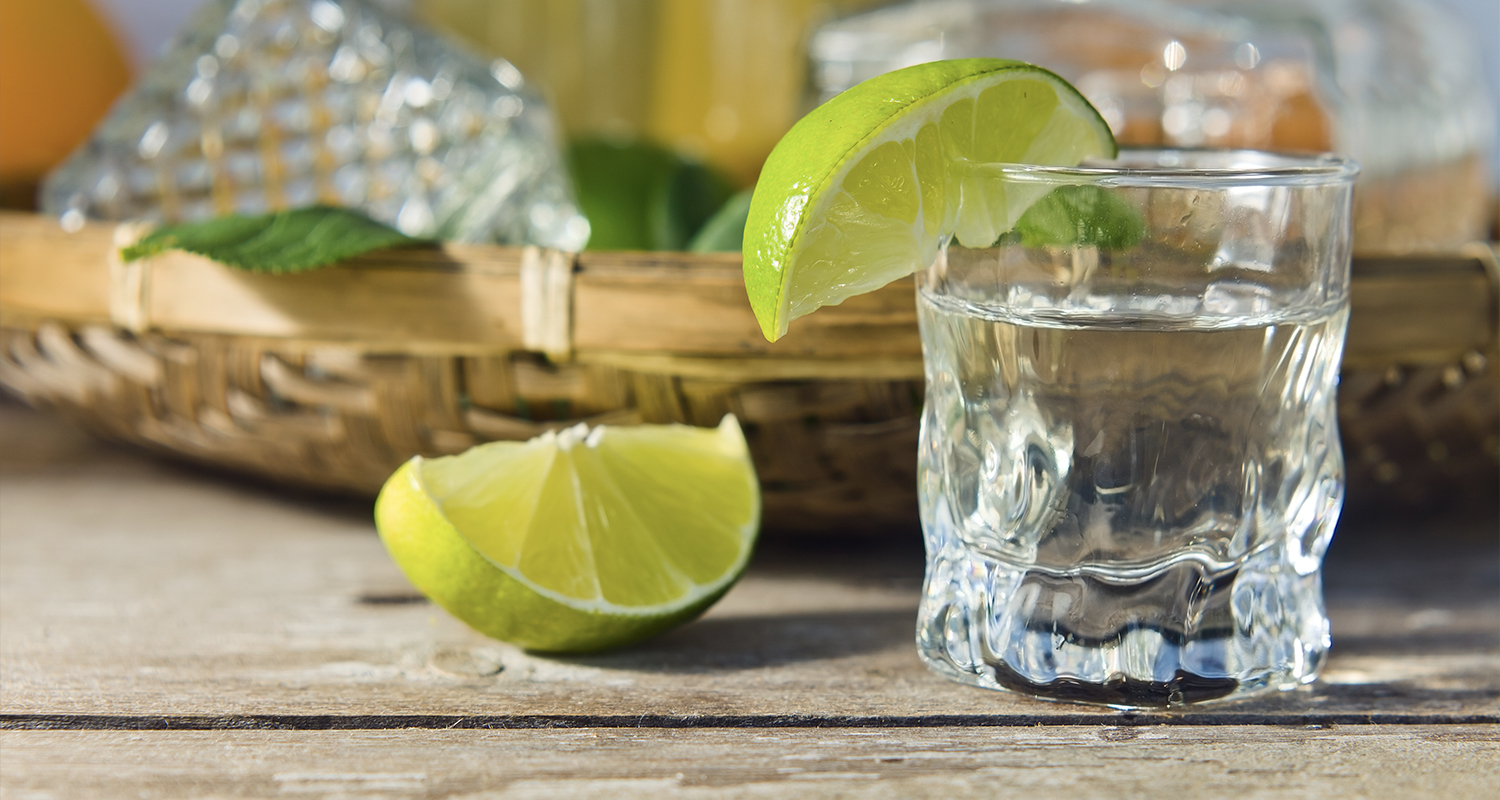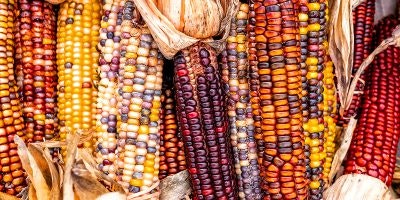What do the Margarita, Paloma and Bloody Maria have in common? These delightful brunch and beach companions all employ the same base spirit: blanco tequila. This uniquely Mexican spirit is the crystal clear product of roasting, fermenting and distilling the Blue Weber agave. The result is bottled after spending less than 30 days in a barrel, if it’s aged at all. Blanco tequila typically imparts a slightly earthy flavor and wonderfully warming sensation to any cocktail it fortifies.
Often, however, we lose the spirit’s more subtle characteristics when it’s mixed with equally potent ingredients. Though it is a tried and true mixer, blanco tequila shouldn’t be relegated to cocktails alone. The agave spirit can exhibit incredibly complex flavors on its own, making it just as gratifying to sip neat. The next time you’re in search of a blanco tequila for sipping, look to these five incredible, must-try bottles.
Siete Leguas Blanco Tequila
When it comes to blanco tequilas that give aged expressions a run for their money, this one is a shoo-in. Siete Leguas was the name of a horse owned and beloved by Francisco “Pancho” Villa, an army general and central figure during the Mexican Revolution. The tequila is made from a blend of two tequilas that result from different production methods. One method is made with agave crushed by the traditional tahona method—using a large volcanic rock propelled by two mules. Then the cooked juice is fermented with wild yeast. The other method processes the agave with a modern steel mill—a mechanism that is much faster and cost effective—and ferments using a proprietary yeast strain.
The resulting tequila has a silky texture and a rich, earthy and peppery flavor and aroma. There’s a slight sweetness that adds balance to the spirit. Add ice to the glass if you must, but sip slowly to enjoy the succulent agave flavor displayed here.
 Blanco tequila in a glass
Blanco tequila in a glass
Código 1530 Blanco Tequila
Distilled at a facility in Amatitán, Jalisco, the family that makes Código has been distilling for more than a century. Código means “code,” calling to mind its long-lived distilling customs. This includes fermenting the agave with yeast sourced from a local baker and then distilling it twice in handmade stills.
Blanco tequilas are often described as having a grassy flavor, but this lovely expression from Código has a distinct herbaceousness, spice and minerality. The complex spirit finishes with a slightly honeyed heat. You’d be remiss to not add this tequila to your collection.
Partida Blanco Tequila
One of the more ubiquitous brands of tequila in the U.S., Partida is made from agave harvested from fields at the base of a dormant volcano in Jalisco. This area, situated between Puerto Vallarta and Guadalajara, is known as the Tequila Valley or simply, El Valle. Once harvested, these agaves are cooked slowly in an autoclave oven. Next, they are pressed and the cooked juice is fermented with wild yeasts for up to 40 hours. Lastly, the mosto or fermented juice is distilled in a combination of stainless steel and copper alembic stills.
Expect this blanco tequila for sipping to exhibit a nice balance of earthy herbaceousness, tart citrus notes and tropical fruit. Serve it over ice for a refreshing afternoon nip.
Roca Patrón Silver Tequila
While this bottle is unmistakably a product of Patrón, the liquid inside is remarkably different from its über-popular, green-ribboned counterpart. To begin, all of the agave used in this tequila is crushed using the traditional tahona method (roca, meaning “rock”). This process is more arduous, but does not impart any bitter flavors to the final product as a steel roller mill often does.
The pressed agave ferments in wooden tanks along with the agave fibers, or bagaso. Distillation occurs in copper pot stills and the tequila is bottled at 45% ABV. It’s remarkable how distinct the resulting 100% tahona-pressed product is—you can actually taste the cooked agave. Its rich sweetness is at an equilibrium alongside peppery, vegetal flavors.
Chinaco Blanco Tequila
Born of an agricultural contract gone wrong, Chinaco has an interesting backstory. The tale begins after a hurricane demolished crops in the state of Tamaulipas in 1966. Guillermo González, then Mexico’s Secretary of Agriculture, decided to help out by planting a crop of Blue Weber agave—then in high demand—on his large swath of land inherited from his fabled grandfather, General Manuel González. When tequila producers in Jalisco refused to pay once the agave matured, González decided to make his own instead. But first he had to petition the Mexican government to expand the area in which tequila could be made, which at the time was limited to the state of Jalisco. He succeeded, then named his brand after the wealthy liberal land owners, or chinacos, who fought under the leadership of his grandfather in the 19th century’s War of Reform and French Intervention.
Now, the same family continues the tradition, distilling this tequila in copper-lined alembic stills. Chinaco Blanco has a markedly fresh and crisp flavor, with hints of tropical fruit, citrus and chile. Its slight salinity also makes it a fantastic blanco tequila for sipping alongside Sangrita, a traditional blend of tomato and citrus juices, often flavored with salt and chile.
With Distiller, you’ll always know what’s in the bottle before you spend a cent. Rate, Review and Discover spirits! Head on over to Distiller, or download the app for iOS and Android today!



